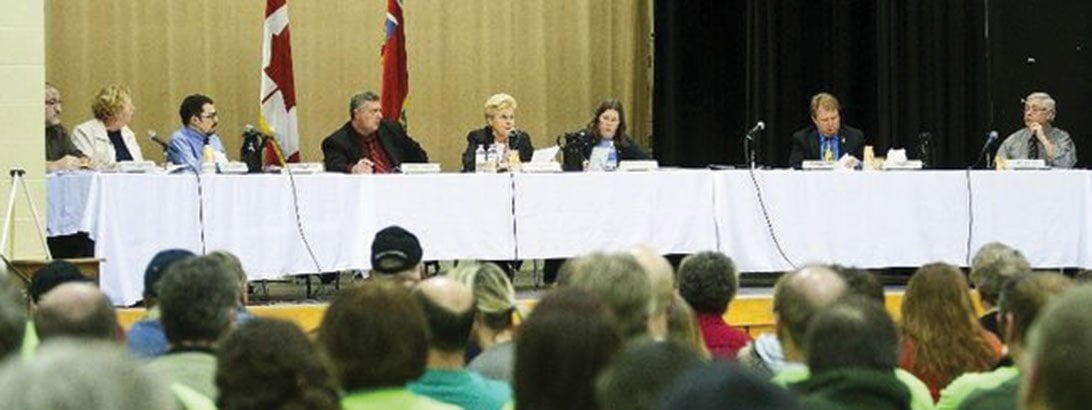Globally 19 percent of electric energy is generated from renewable sources mostly from hydropower. However, “new” renewables such as solar, wind, and biomass are expected to double their share of the world fuel mix by 2030. This expected growth will represent a significant economic opportunity for energy producers in Ontario, through the Green Energy Act. Niagara is well positioned to be a leader in new green energy production, including a manufacturing supply chain.
The economic impact of the green energy sector is significant – consider the following well established figures:
- The market for climate-friendly opportunities was estimated to be $1 trillion in 2012.
- Canada, according to the Environmental Business Journal, is expected to be the 3rd largest growth market for environmental companies’ globally.
- Canada is estimated to be 3 per cent of the $700 billion global environmental market representing more than $21 billion.
- Canada has the potential to generate 20% of its power from wind by 2025.
- In 2012 – The announcement of over 250 jobs is directly attributed to the growth of the renewable energy sector in Niagara
When it comes to workforce development, the region currently has a significant competitive advantage with Niagara College’s launch of Canada’s first green energy technician program at the Rankin Technology Centre in Welland. The recently opened centre features leading edge technology built into the facility to train green energy technicians and position Niagara College’s new facilities in Welland as one of the greenest campuses in Canada.
The Ontario government has provided a range of options for municipalities to work with the business community to develop plans to ensure full community engagement.
This includes:
- A public consultation framework
- Requirements for documentation of exhaustive consultation efforts
- Publication of studies.
Similarly, there are rigorous submission requirements specific to the natural environment that have been incorporated into the approval process for renewable energy projects including wind, that Walter outlined.
In addition – ‘Set-Back’ parameters are clearly prescribed under the Green Energy Act. The imposition by municipalities of new setback guidelines or challenging existing set-back guidelines by individuals have led to costly legal battles that have ultimately failed.
Most notably in:
- Prince Edward County
- Lambton County
- Chatham – Kent
It is also worth noting that under the Green Energy Act municipalities are not given the authority to impose set-back parameters.
However, a comprehensive review of the Act’s Feed-in-Tariff program provided a range of options for municipalities to work with businesses to develop more cohesive plans, while maintaining a pragmatic policy framework to leverage green opportunities for the community.
A similar review was also conducted by the Environmental Commissioner of Ontario; the report associated with that also provides a range of recommendations to strengthen Ontario’s capacity in the green energy sector.
It is with this in mind that we ask Council to vote against instituting a ‘set-back’ guideline for wind energy development that is counter to the 550 meters for wind turbines prescribed in the Green Energy Act.
Thank you, we look forward to your questions.



